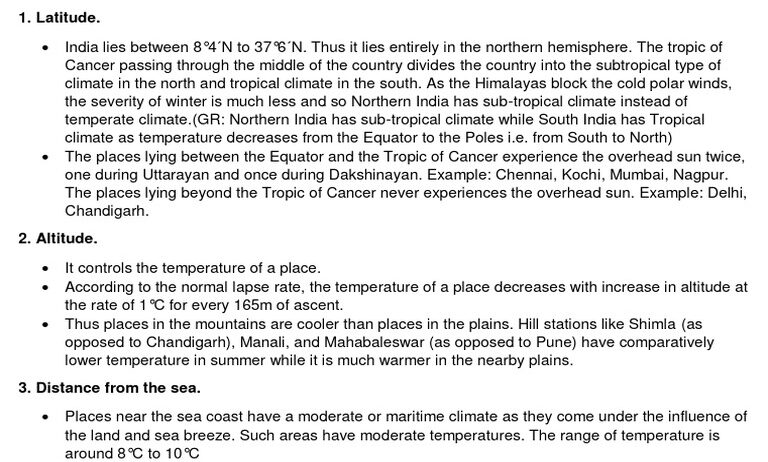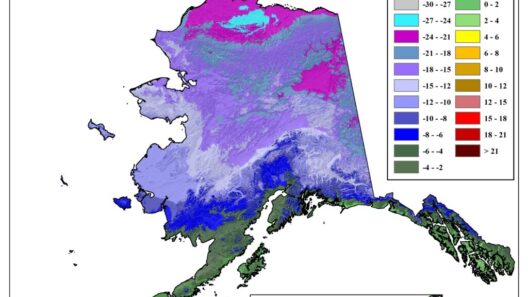India’s climate is a complex tapestry woven from three distinct components that define the country’s atmospheric conditions: the monsoon season, the dominating presence of majestic mountains, and the relentless tropics. Each element intricately influences India’s weather patterns, cultural practices, and economic activities, contributing to its rich diversity.
Monsoon Season
The monsoon is perhaps the most significant climatic phenomenon in India. Characterized by the seasonal reversal of winds, the Southwest Monsoon, typically coursing from June to September, is heralded as the lifeblood of Indian agriculture. It dictates the agricultural calendar, and is thus paramount for the food security of over a billion people. The monsoon brings copious rainfall, replenishing rivers, replenishing reservoirs, and nurturing ecosystems. However, the monsoon is not merely a harbinger of vitality; it can also manifest in fury, leading to catastrophic floods. In regions like Kerala and Assam, the very blessings of rains transform into challenges as excessive precipitation inundates landscapes, displacing communities and crippling infrastructure.
The onset of the Northeast Monsoon, occurring around October, also significantly influences weather in the southeastern parts of India, particularly Tamil Nadu. Here, the monsoonal rains are pivotal for the cultivation of crops such as rice and sugarcane, underscoring the dualistic nature of monsoon—its potential to engender both prosperity and peril.
Mountains and Their Climatic Influence
Encircling the northern borders of India are the formidable Himalayan ranges, which operate as a formidable climatic barrier. Their towering peaks capture moisture-laden winds from the southwest, yielding heavy precipitation across the foothills and creating an ecologically rich Himalayan ecosystem. The impact of these mountains on climate is far-reaching. They demarcate a climatic boundary where northern India experiences a subtropical highland climate, characterized by cool summers and frigid winters. In stark contrast, the southern slopes bask in a tropical climate, accentuating the climatic dichotomy within a mere few hundred kilometers.
However, the presence of mountains is not solely relegated to facilitating rainfall; they also induce orographic effects. As winds ascend the elevations, they cool and condense, leading to varied climatic conditions on either side of the range. The rain shadow effect is noteworthy in regions like Ladakh, where the mountains block moisture, resulting in a starkly arid landscape juxtaposed against the verdant valleys to the south.
The Himalayas are, thus, a natural water reservoir, anchoring rivers that are crucial for millions. However, climatic change poses unprecedented risks to these towering giants, leading to glacial retreat and impacting water availability downstream. Such developments amplify the urgency to address climate resilience and sustainable water management in the face of a warming planet.
Tropical Heat and Its Implications
The southern expanse of India presents a stark contrast to the mountain-imbued north, as the region relishes a tropical climate. Dominated by sweltering summers, ambient temperatures often surpass 40 degrees Celsius, demanding adaptive human ingenuity. This torrid climate not only exacerbates heat stress but also inflicts substantial pressures on energy resources, as cooling systems become indispensable for living and working conditions.
Tropical heat, when coupled with high humidity, creates discomfort and poses health risks. Heatwaves—frequent occurrences in states like Maharashtra and Gujarat—can result in heat-related illnesses, particularly affecting the vulnerable sections of the society. Herein lies a pressing public health challenge: mitigating the adverse effects of heat stress through infrastructural design and policies that promote urban greenspaces to ameliorate the urban heat island effect.
Moreover, the tropical climate fosters diverse flora and fauna, leading to India’s classification as a biodiversity hotspot. Tropical forests, sprawling across states like Kerala and Karnataka, not only absorb carbon dioxide but also provide critical habitats for numerous endangered species. Conserving these forests is thus essential, as they play a pivotal role in climate regulation.
Climate Change and Future Challenges
The intricate interplay of monsoons, mountains, and tropical climates set the stage for India’s vulnerabilities to climate change. The monsoonal patterns are shifting; erratic weather events are leading to unpredictable rainfall, impacting agricultural cycles. The increased frequency and intensity of extreme weather—such as floods, droughts, and hurricanes—raise alarms, indicating the urgency for adaptive strategies.
Additionally, glacial melting in the Himalayas, exacerbated by rising global temperatures, threatens water supplies for many. Agriculture, a critical sector for India’s economy, is alarmingly susceptible to these changes, necessitating the exploration of climate-resilient crops and sustainable farming practices.
Moreover, the tropical regions are under threat from rising sea levels, causing salinization of arable lands and compromising food security. Urban areas too, are grappling with increased flooding, necessitating comprehensive urban planning that integrates climate adaptation strategies.
Conclusion
Understanding India’s complex climate is essential for navigating the changing environmental landscape shaped by monsoons, mountains, and tropical heat. Each element is intricately connected, influencing ecosystems, agriculture, and the livelihoods of millions. As the nation contends with the ramifications of climate change, fostering resilience and sustainability becomes a collective imperative, transcending boundaries to ensure a future that embraces the challenges and opportunities inherent in its diverse climatic milieu.







